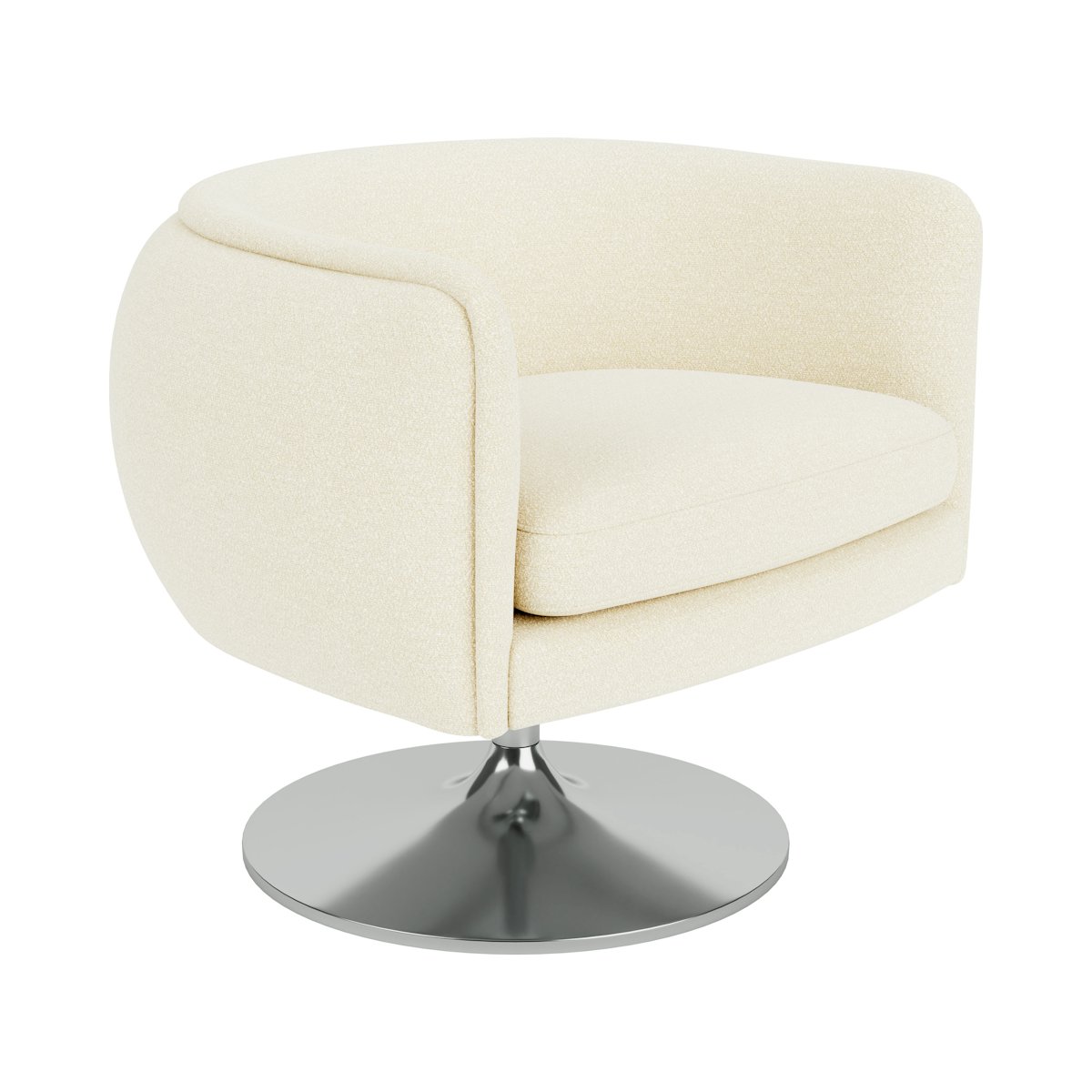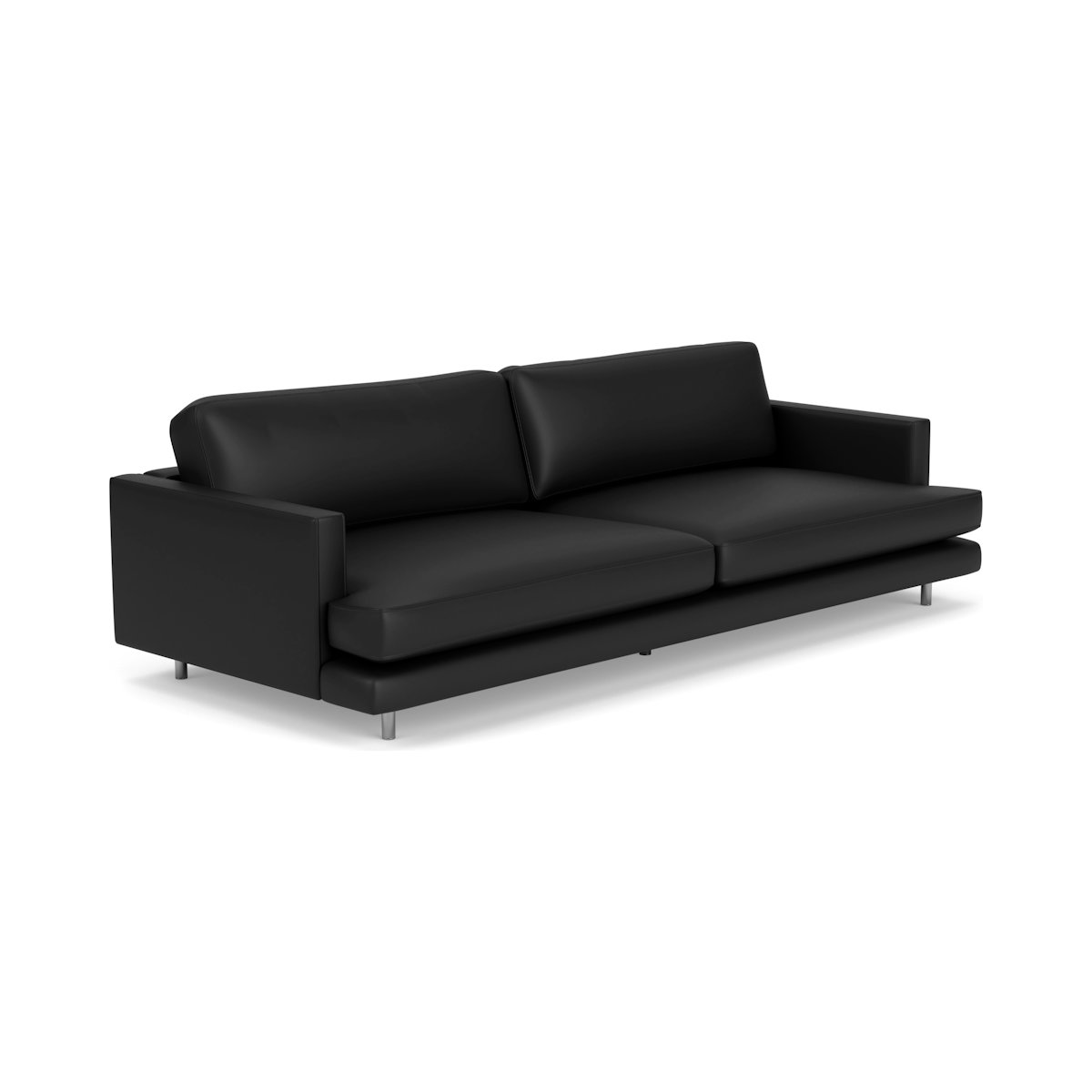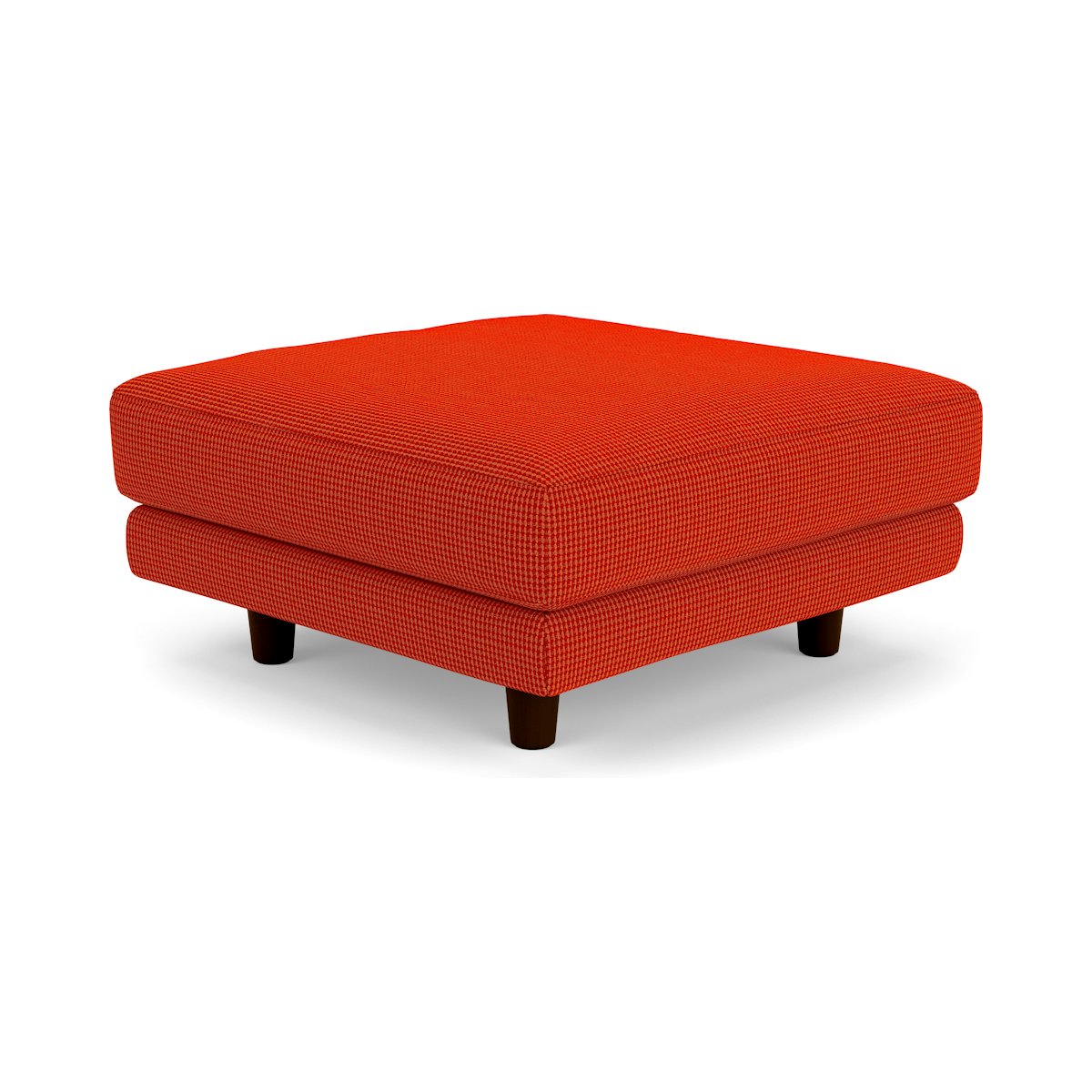Joseph D’Urso, a pioneer of the influential high-tech design movement of the 1970s and 1980s, became interested in minimalism early on in his career. In 1961, he studied design at Pratt Institute, then went on to the Royal College of Art in London and Manchester College of Art. Once back in New York, D’Urso perfected the pared-down aesthetic of loft-style living while designing interiors and furniture for private clients—like a steel-and-mahogany rolling table for artist Jack Ceglic and showrooms for Calvin Klein.
In 1980, D’Urso created a debut collection of rolling tables and lounge seating in collaboration with Knoll. It epitomized his innovative pursuit of new materials and streamlined forms. Very different to what dominated the market then, one of his designs explored the idea of a large-scale coffee table. It answered to a novel need, “an abstract effort to solve a function,” he says—that of a SoHo loft’s open-plan interior, where the possibility for reconfiguration was key.
The polished stainless-steel structures were a reflection of their time, D’ Urso remarks—pieces that “celebrate things made by machine, made very precisely and anonymously and almost without the human touch.”
In addition to their striking industrial engineering, the objects D’Urso has created throughout his life (including a second collection for Knoll in 2008) also grab the attention with their gleaming textures. “Everything has more than one function,” he says, “a functional thing can also be a stimulus to the eye.”
In 1980, D’Urso created a debut collection of rolling tables and lounge seating in collaboration with Knoll. It epitomized his innovative pursuit of new materials and streamlined forms. Very different to what dominated the market then, one of his designs explored the idea of a large-scale coffee table. It answered to a novel need, “an abstract effort to solve a function,” he says—that of a SoHo loft’s open-plan interior, where the possibility for reconfiguration was key.
The polished stainless-steel structures were a reflection of their time, D’ Urso remarks—pieces that “celebrate things made by machine, made very precisely and anonymously and almost without the human touch.”
In addition to their striking industrial engineering, the objects D’Urso has created throughout his life (including a second collection for Knoll in 2008) also grab the attention with their gleaming textures. “Everything has more than one function,” he says, “a functional thing can also be a stimulus to the eye.”
5
Results
5
Results
View






